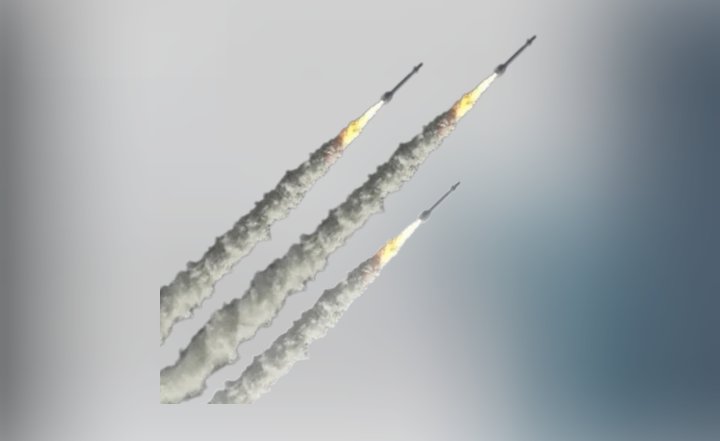
Posted by: Sammi Ibrahem,Sr
I wrote Nadine Canaan
Ten days have elapsed since the start of the street demonstrations across the country. Local media are “entrenched” in the squares, pursuing a policy of “open air” throughout the day and night, posing themselves as a “key partner” in leading the “revolution” over the mold that is gnawing at the body of the homeland.
It is undeniable that some of the important positions taken by reporters on the ground, especially the accompanying demonstrators at the beginning of the movement and portraying the attacks of security forces against them. But it is necessary not to forget the nature of the relationship between the media and power in our country, where these institutions are subject to money lords and barons of corruption, militias and sectarianism, and we are aware of their keenness to distort the street discourse towards settling political calculations at the expense of real aches and demands. Even its platforms have often become, over the years, what resembles TimeLine, filled with good Twitter and Facebook posts, which are often subjected to filtering by reporters.
For years, the stations have been complaining of difficult financial conditions that “prevent” them from making profits and have recently led one of them to seriously consider the dismissal of employees, while occasionally introducing and implementing steps that enable them to “withstand”, such as the main resort (lbci, “new”, mtv). To online TV and on-demand viewing (VOD), or obtaining through the Banque du Liban huge financial loans that ended up in the pockets of the owners of these institutions.
A financial crisis that has cast a shadow over programming in terms of quality, quantity and birth deficit. This autumn, for example, fading, lack of appeal and recurring ideas prevailed over television projects that came into being or were being prepared, with social programs dominating and competition in the drama dominated.
What has happened in the street may have rested those on the screens that have opened their air to keep up with what is going on and distributed its correspondents to different geographical spots, at a time when all the programs except political ones were frozen. News from the scenes suggests that the situation will remain as it is until things are clear.
Regardless of the performance of the TV delegates in the protest squares, intuitive and fundamental questions arise to the forefront, perhaps the most important of which is: What is the cost of open air, and who covers it?
A round of contacts on TV production practitioners in Lebanon will answer the first question, albeit roughly.
The talk here relates exclusively to the technical cost of direct transport. This can be done either via Satellite News Gathering (SNG), or via Wireless Multiplex Technology (WMT) wireless devices for 3G and 4G systems from the mobile Internet.
On the SNG level, Lebanese stations usually operate with their own devices instead of resorting to rent, which is often the highest cost (about US $ 1,500 per 8 hours), especially as foreign institutions operating here enter the demand line. The space rental on the satellite (Space Segment), for a minimum of $ 3 per minute, remains on television.
Most of the time, the purchase is a full day, equivalent to $ 1,000 a day. Because the field coverage points of the three main stations are at least 12, visual institutions also employ a previously acquired WMT set (priced between $ 15 and $ 20,000), which costs between $ 30 and $ 40 per hour.
In short, without drowning in the figures, our sources report that the average cost of each SNG per day is $ 1200, compared to $ 800 for 4G. In other words, the technical financial burdens on the ground for MTV, LBCI and Al-Jadeed daily amount to more than $ 15,000 ($ 150,000 to date), excluding other broadcasting expenses inside and outside the studios.
At a time when our visual media says that it is financially “crisis” and denies that it drowned in the funds of politicians, states and businessmen with political ambitions, its screens are mobilized to keep up with the movement around the clock, putting aside any projects that may generate some money. Does this do a victory for the “oppressed” and the owners of the case? More importantly, how (or who) covers his expenses?
Source: Al-Akhbar Newspaper



